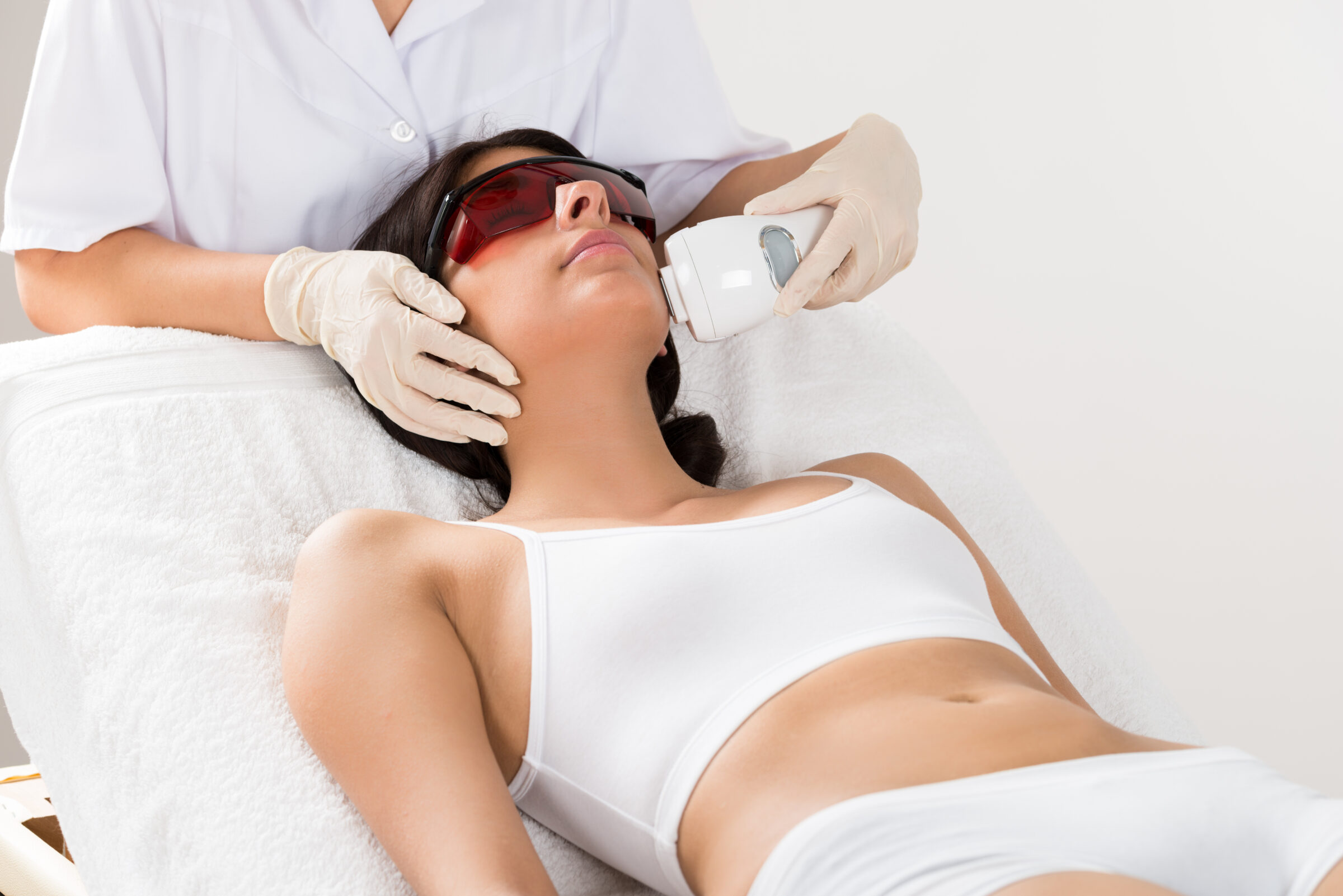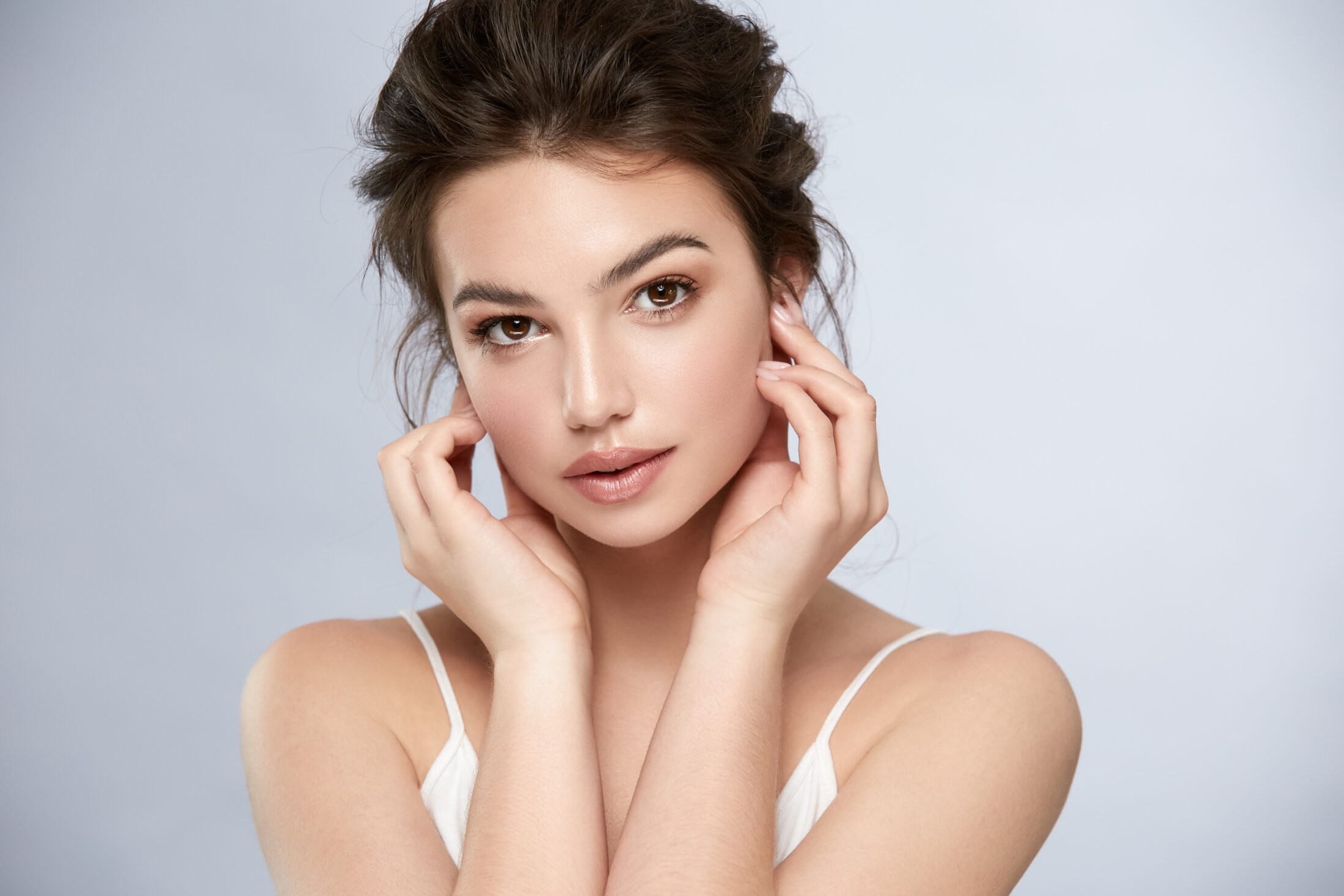
IPL
IPL stimulates new collagen production (a key factor in reducing the appearance of fine lines and wrinkles) and encourage skin renewal from within.
About the treatment
IPL is not a traditional ‘laser treatment,’ but a light that is pulsed onto the skin – targeting multiple complaints in one procedure. Also known as photo facial, photo rejuvenation or broadband light (BBL). During treatment, a precise amount of light energy is delivered through your skin’s surface to treat sun damage, age spots and rosacea. It is commonly used on the face, chest, shoulders, arms, back and hands.
IPL stimulates new collagen production (a key factor in reducing the appearance of fine lines and wrinkles) and encourage skin renewal from within.
Nevertheless, the skin can be treated with other type of lasers as the MDF Spectra nd-yag 1064 pulse, Q switch and fractional non ablative or ablative lasers to stimulate collagen and improve the skin.

Before & After Photos
Explore our before and after gallery to witness the remarkable transformations that have left our clients feeling more confident and beautiful than ever. From subtle enhancements to dramatic makeovers, our gallery showcases the artistry of transformation.
Frequently Asked Questions
It’s common to have questions about IPL treatment. You can trust Dr. Manrique to give you a thorough and thoughtful answer to your queries.
The most frequently asked questions about IPL treatment include the following:
IPL skin rejuvenation can assist with the appearance of veins, capillaries, redness, age spots, and blotchiness and freckles. IPL is particularly effective at treating rosacea, which may be reduced up to 90 percent following a series of treatments.
You may need a series of treatments to see optimal results. Starting with 2-5 treatments at once a month, and then between one to three yearly maintenance visits.
The main side effects of IPL treatments are temporary and can sometimes be expected to appear as part of the natural healing process. The side effects include:
- Mild swelling
- Mild redness
- Itching
The severity and duration of these side effects will vary depending on the patient, the treatment area and how many treatment sessions have been received. Side effects from IPL treatments are known to wear off somewhere between an hour and a week after the procedure. To avoid any serious side effects, ensure the procedure is performed by an experienced professional.
Following an IPL treatment in Tysons Corner, your skin may appear flushed, and dark pigmentation and freckles may appear darker and more visible. And this is the deep damage to the deeper layers of the skin coming to the surface. Over the course of a few days, this pigmentation will rise to the surface layers of the skin and then begin to break apart, fading over time.
For a safe and effective treatment, Dr. Manrique uses Skintel Melanin Reader technology, the only FDA-cleared melanin reader. Skintel determines the average melanin density of the skin in a quantitative manner prior to energy-based aesthetic treatments, such as hair removal or skin revitalization. Understanding how much melanin is in the skin helps Dr. Manrique better choose treatment settings for superior results, while minimizing the risk of over-treatment.
Until now, aesthetic treatment providers have primarily relied on old, fairly subjective tools to determine a patient’s skin type, including the traditional Fitzpatrick Skin Type evaluation, observations of the patient’s skin, and the patient’s account of recent sun exposure. With Skintel, there is no more guessing.
